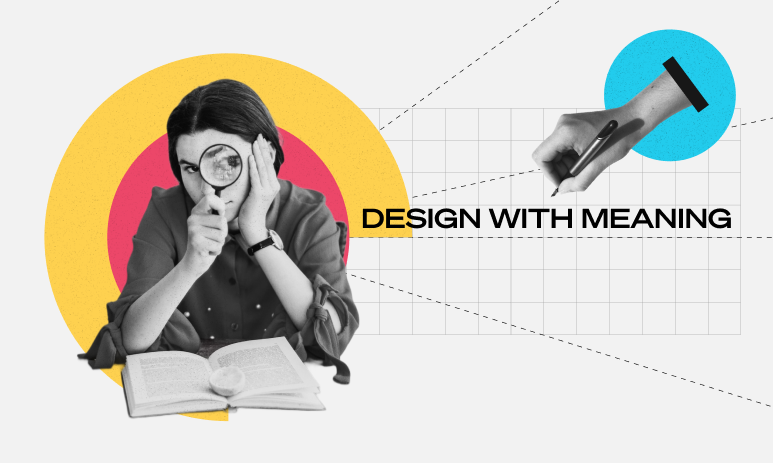Inclusive Design: Definition & Core Principles
Related Services
Credits
Writer: Dejan Kvrgic
Editor: Viri Serrano
Designer: Lenka Ladnakova

Inclusive design, at its core, is guided by understanding and empathizing with different groups of users – and creating solutions that will address and cater to the users’ backgrounds and abilities.
It’s always easier to look at things from our own perspective and think about ourselves and our own experience before anyone else’s; that’s just part of human nature. But it’s also one of the most common mistakes design teams make: Designing for themselves – without considering the full range of human diversity. Of course, it’s practically impossible to cater to every single type of user out there. But that does not mean that, as creatives, we shouldn’t strive to make accessibility and inclusion a part of our design process.
Inclusive Design: Definition & Importance
Inclusive design is the ongoing process of designing for people from different backgrounds and abilities – and accommodating their unique needs and experiences. Or, in simple terms- Inclusive design refers to creating a product or service with the specific intention of making it accessible to as many different types of users as possible.
Do keep in mind that “inclusive design” is a broad term. It encompasses and addresses a range of issues related to accessibility, age, gender, economic status, geographic location, education, language, and race, among other things. But it essentially comes down to identifying and eliminating points of exclusion – and making room for inclusion where it might not have existed before.
You’re designing something with the intention of promoting inclusivity. The importance of inclusive design is reflected in the fact that it shows empathy and enhances the overall user experience for a much broader – and more diverse – audience. As such, it can be an opportunity for your business to reach audience segments that you – and perhaps even your competitors – might’ve neglected in the past. Failing to make inclusion a part of the design process could limit your product’s reach, hinder growth – and even lead to your business unintentionally discriminating against certain audience segments.
Inclusive Design Vs. Accessible Design
One concept that is closely related to inclusive design – often to the point where the two terms can get mixed up and used interchangeably – is accessible design. Both principles do have the same overarching goals – delivering inclusive solutions that can eliminate common barriers to user experiences and accommodating a diverse range of people. However, there is still a difference between “accessible” and “inclusive” design.
Accessible design has a narrower scope and is based on accessibility guidelines. The focus is on the outcome of the project and making specific accommodations to ensure that people with disabilities can access and use websites and other digital products. While accessibility should be a core objective for your business, designing for inclusion implies more than that:
Inclusive design focuses on identifying and addressing different points of exclusion. Of course, doing so may sometimes involve making the designs more accessible for the disabled – but it goes beyond that, aiming to create experiences that are accessible to a much more diverse group of people.
Inclusive Design Principles
If you are hoping to adopt an inclusive design mindset and develop products and solutions that will benefit a diverse set of people, there are several key principles your team should keep in mind and use as the building blocks for inclusivity:
- Inclusive design shouldn’t be an afterthought; inclusivity should be a priority from the earliest stages of the design process.
- Proactively seek out and identify points of exclusion – and use them as a starting point for exploring new solutions that will allow you to deliver a more inclusive experience.
- Be sure not to overlook situational challenges. Some points of exclusion can be purely circumstantial and depend on the context in which the user is interacting with your product.
- Recognize intersecting user needs and start by addressing the needs of one group of users, then see how you can extend those solutions to others who would benefit from them.
- Identify any assumptions you may have about your audience and work on eliminating any unintentional biases.
- Expand your perspective and listen to views and experiences outside of your own. The more diverse your design team is, the more unique perspectives they can offer.
- Make sure you offer a comparable experience; what you offer to different user groups should still be comparable in terms of quality, value, and efficiency.
And most importantly, make inclusive design an ongoing practice. Inclusive design shouldn’t be viewed as the end result or a box to check on your to-do list. Rather, it is an ongoing process – a continuous effort to eliminate points of exclusion and deliver meaningful, inclusive experiences.
Does your organization require assistance with navigating the design process and implementing an inclusive mindset? Don’t hesitate to get in touch with Pastilla!

